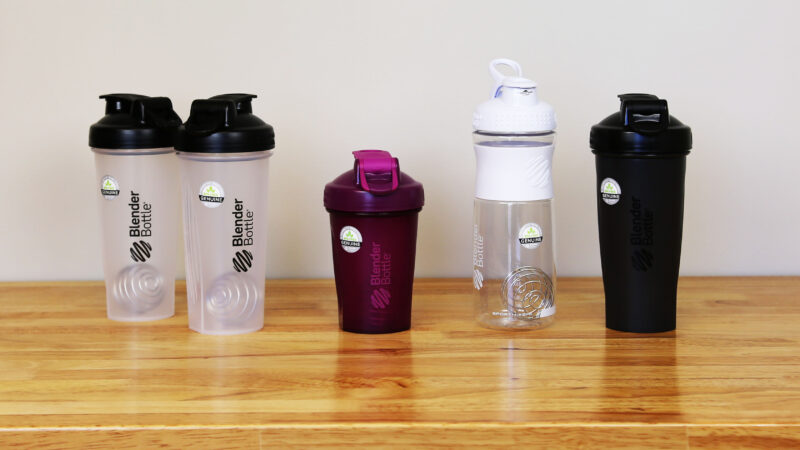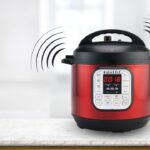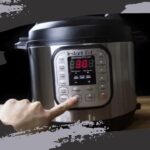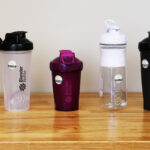Blender bottles have become an essential part of a health-conscious lifestyle. Whether you’re a fitness enthusiast, a busy parent, or someone who loves smoothies and protein shakes, these versatile bottles make it easy to mix your favorite drinks on the go. However, keeping your blender bottle clean and well-maintained is crucial for ensuring its longevity and functionality. The big question is: Are blender bottles dishwasher safe? In this comprehensive guide, we’ll explore this topic in detail, providing you with everything you need to know about caring for your blender bottle.
Things You Need to Know About Blender Bottles

Before diving into whether blender bottles are dishwasher safe, it’s important to understand the components of a typical blender bottle and their specific functions.
- Bottle Body: The main container where you mix your beverages, usually made of durable plastic, glass, or stainless steel.
- Mixing Mechanism: A whisk ball or blending device that sits inside the bottle to help mix your drink evenly.
- Lid: A secure, leak-proof cap that keeps your drink contained and safe from spills.
- Screw-On Lid: Many blender bottles come with a screw-on lid, which provides an extra layer of security to prevent leaks.
Blender Bottle Materials and Dishwasher Safety
These bottles come in various materials, each with its specific care instructions. Here’s a breakdown of the most common materials and their dishwasher safety:
Plastic-Made
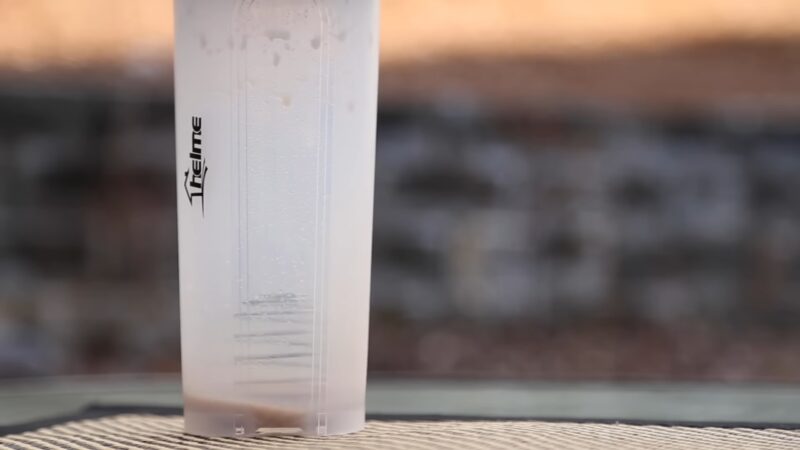
Plastic bottles are lightweight, affordable, and dishwasher safe. Most high-quality plastic blender bottles, such as those made from BPA-free Tritan plastic, can safely be washed in the dishwasher’s top rack. However, you should still check the manufacturer’s guidelines for specific care instructions, as not all plastics are the same.
Glass-Made
Glass bottles are a popular choice for those seeking a more eco-friendly and chemically inert option. Glass blender bottles are generally dishwasher safe and can be placed on the top or bottom rack. However, the mixing mechanism and lid should be washed separately on the top rack to prevent damage. Always check the manufacturer’s care instructions to ensure your glass bottle is dishwasher safe.
Stainless Stee-Made
Stainless steel bottles are known for their durability and insulation properties. They’re generally dishwasher safe, but it’s best to place them on the bottom rack to avoid contact with other items that may scratch the surface. The mixing mechanism and lid should be placed on the top rack for proper cleaning. Be sure to follow the manufacturer’s guidelines for specific care instructions.
Caring for Your Blender Bottle’s Mixing Mechanism
Regardless of the material, the mixing mechanism is a crucial component of your blender bottle that requires proper care. Most mixing mechanisms, such as the whisk ball or blender ball, are dishwasher safe and can be placed on the top rack for cleaning. However, it’s essential to check the manufacturer’s care instructions to ensure the safety of your specific blender bottle’s mixing mechanism.
Tips for Extending the Life of Your Blender Bottle
To keep your blender bottle in top shape, follow these tips:
- Always check and follow the manufacturer’s guidelines for cleaning and maintenance.
- Rinse it immediately after use to prevent residue buildup.
- If washing by hand, use a gentle brush or sponge to clean the bottle, lid, and mixing mechanism.
- Avoid using abrasive cleaners or brushes that can damage the surface of your bottle.
- Store it with the lid off to allow proper air circulation and prevent odors.
Troubleshooting Common Blender Bottle Issues

Despite your best efforts, you may still encounter issues with your blender bottle. Here are some common problems and their solutions:
1. Leaking Lids
If the bottle’s lid is leaking, ensure that it is properly screwed on and that the seal is intact. Over time, the seal may wear out, in which case you should consider replacing the lid or the entire bottle.
2. Odors
If your blender bottle develops an unpleasant odor, fill it with a mixture of warm water and white vinegar and let it sit for a few hours. Afterward, rinse the bottle thoroughly and wash it with soap and water or place it in the dishwasher if it’s dishwasher safe.
3. Stains and Discoloration
Stains and discoloration can occur, particularly in plastic blender bottles. To remove stains, fill the bottle with a mixture of warm water and baking soda, allowing it to sit for a few hours before rinsing and washing. For stubborn stains, you can also try using a non-abrasive cleaner specifically designed for plastic bottles.
The Verdict

The short answer to this topic is yes – most blender bottles are dishwasher safe. However, the specific care instructions for your blender bottle will depend on the material it’s made from and the manufacturer’s guidelines. Always check and follow the care instructions provided by the manufacturer to ensure the longevity and functionality of your blender bottle.
Cleaning Alternatives
While using a dishwasher is a popular and convenient method for cleaning blender bottles, sometimes you may find yourself in situations where a dishwasher is unavailable, or you simply prefer a different approach. In the section below, you will find some excellent cleaning alternatives.
1. Hand Washing with Dish Soap
Hand washing is a tried-and-true method for cleaning blender bottles. Fill the bottle with warm water, add a few drops of dish soap, and scrub the interior using a bottle brush or a non-abrasive sponge. Be sure to clean the lid, threads, and mixing mechanism as well. Rinse thoroughly with warm water, and allow the bottle to air dry.
2. Baking Soda and Vinegar Solution
Baking soda and vinegar are natural cleaning agents that can effectively remove odors, stains, and residue from your blender bottle. Mix one part baking soda with two parts vinegar, and pour the solution into your bottle. Allow it to sit for 15-20 minutes, then use a bottle brush or sponge to scrub the interior. Rinse thoroughly with warm water and let it air dry.
3. Denture Cleaning Tablets
Denture cleaning tablets are a surprisingly effective solution for cleaning blender bottles. Fill the bottle with warm water, and drop in one or two denture cleaning tablets. Let the bottle sit for 30 minutes to an hour, allowing the tablets to dissolve and work their magic. Afterward, rinse the bottle thoroughly with warm water, and use a brush or sponge to clean any remaining residue.
4. Lemon Juice and Salt Scrub
Lemon juice is a natural disinfectant and can help remove stains, while salt serves as a gentle abrasive. Combine the juice of one lemon with a tablespoon of salt, then pour the mixture into your blender bottle. Shake the bottle to distribute the solution, then use a bottle brush or sponge to scrub the interior. Rinse the bottle thoroughly with warm water and let it air dry.
5. Rice and Dish Soap
Rice can serve as a gentle abrasive, helping to dislodge residue from the interior of your blender bottle. Add a small handful of uncooked rice to your bottle, along with a few drops of dish soap and warm water. Secure the lid and shake the bottle vigorously for a minute or two. The rice will help to scrub away residue without damaging the bottle’s surface. Rinse thoroughly with warm water and let it air dry.
Final Words
Blender bottles have become a staple in many households, offering a convenient way to mix and enjoy beverages on the go. By understanding the different materials and their dishwasher safety, along with the proper care and maintenance tips provided in this guide, you can keep them in top shape and enjoy your favorite drinks without worry.
Remember, the key to maintenance is to follow the manufacturer’s guidelines, clean your bottle promptly after use, and store it with the lid off to prevent odors. With proper care, your blender bottle will remain a reliable companion in your health and fitness journey for years to come.

